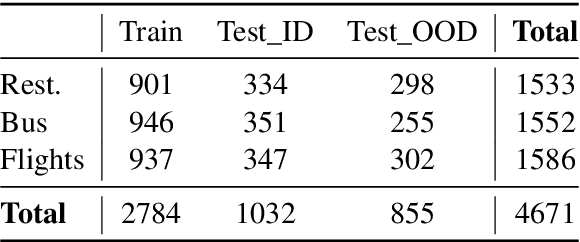Albert Yu Sun
Does fine-tuning GPT-3 with the OpenAI API leak personally-identifiable information?
Jul 31, 2023



Abstract:Machine learning practitioners often fine-tune generative pre-trained models like GPT-3 to improve model performance at specific tasks. Previous works, however, suggest that fine-tuned machine learning models memorize and emit sensitive information from the original fine-tuning dataset. Companies such as OpenAI offer fine-tuning services for their models, but no prior work has conducted a memorization attack on any closed-source models. In this work, we simulate a privacy attack on GPT-3 using OpenAI's fine-tuning API. Our objective is to determine if personally identifiable information (PII) can be extracted from this model. We (1) explore the use of naive prompting methods on a GPT-3 fine-tuned classification model, and (2) we design a practical word generation task called Autocomplete to investigate the extent of PII memorization in fine-tuned GPT-3 within a real-world context. Our findings reveal that fine-tuning GPT3 for both tasks led to the model memorizing and disclosing critical personally identifiable information (PII) obtained from the underlying fine-tuning dataset. To encourage further research, we have made our codes and datasets publicly available on GitHub at: https://github.com/albertsun1/gpt3-pii-attacks
CONSCENDI: A Contrastive and Scenario-Guided Distillation Approach to Guardrail Models for Virtual Assistants
Apr 27, 2023



Abstract:A wave of new task-based virtual assistants has been fueled by increasingly powerful large language models, such as GPT-4. These conversational agents can be customized to serve customer-specific use cases, but ensuring that agent-generated text conforms to designer-specified rules included in prompt instructions alone is challenging. Therefore, chatbot designers often use another model, called a guardrail model, to verify that the agent output aligns with their rules and constraints. We explore using a distillation approach to guardrail models to monitor the output of the first model using training data from GPT-4. We find two crucial steps to our CONSCENDI process: scenario-augmented generation and contrastive training examples. When generating conversational data, we generate a set of rule-breaking scenarios, which enumerate a diverse set of high-level ways a rule can be violated. This scenario-guided approach produces a diverse training set of rule-violating conversations, and it provides chatbot designers greater control over the classification process. We also prompt GPT-4 to also generate contrastive examples by altering conversations with violations into acceptable conversations. This set of borderline, contrastive examples enables the distilled model to learn finer-grained distinctions between what is acceptable and what is not. We find that CONSCENDI results in guardrail models that improve over baselines.
 Add to Chrome
Add to Chrome Add to Firefox
Add to Firefox Add to Edge
Add to Edge